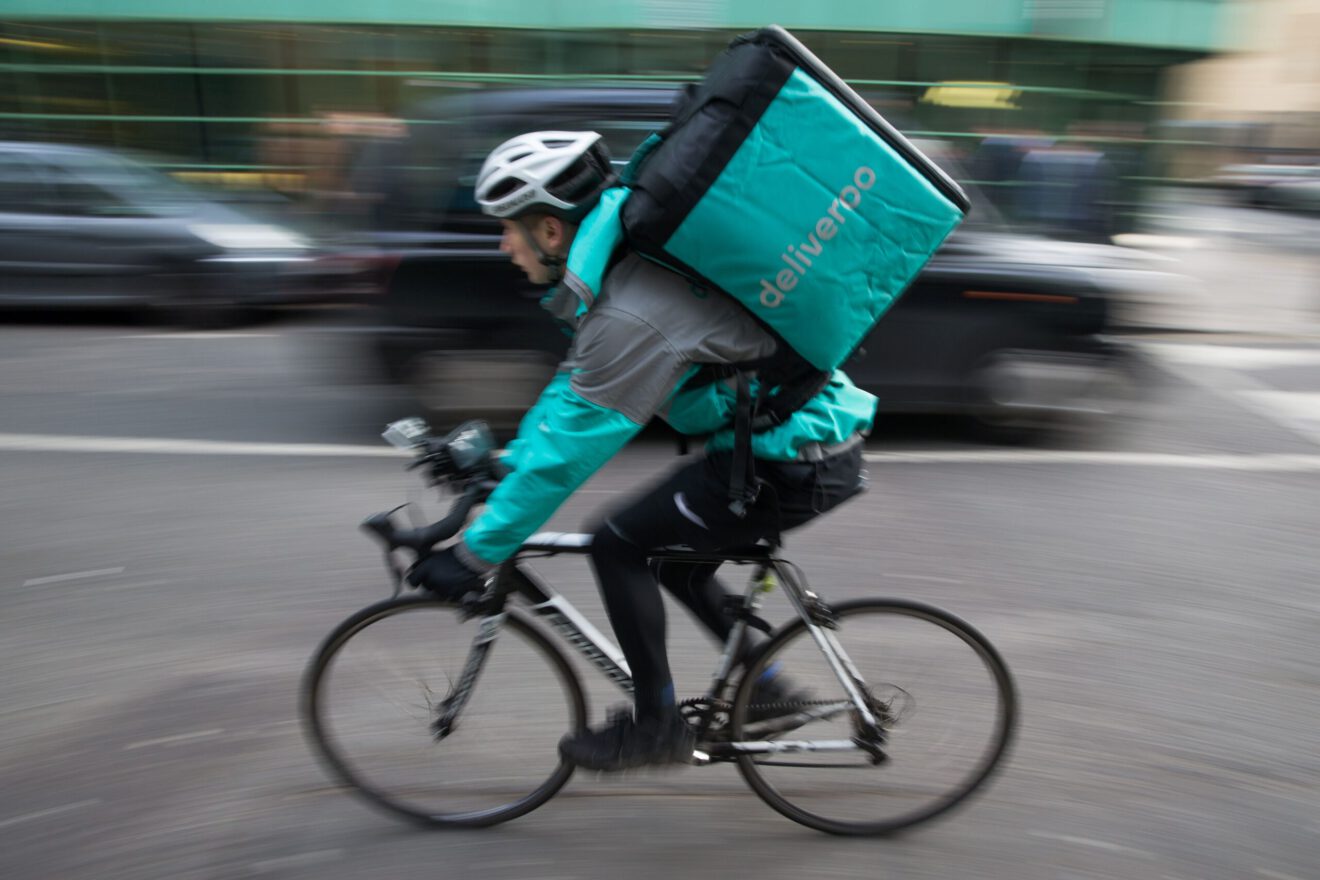As demand for restaurant delivery continues to rise, eateries are faced with the question of whether they should launch a delivery service to build sales for their locations. Choosing between an in-house delivery system or outsourcing it is an important consideration, as is knowing what questions to ask a potential delivery service. Getting the whole picture can help ease the process of transitioning into delivery and ensuring that the restaurant is prepared for it.
Learn the benefits of delivery
“Delivery can be great but can also hurt the restaurant’s reputation if it isn’t done properly,” said Janet Irizarry of JI Restaurant Consulting. It is important that a restaurant doesn’t jump into delivery before doing its due diligence, because there are logistics that must be taken care of to ensure success, many of which will be specific to each particular eatery. “First and foremost, you need to figure out ways that make certain that your food won’t lose anything in translation and that the quality will be maintained during the entire process, from your kitchen to the customer’s table,” she said.
The biggest benefit of delivery is that it adds an additional revenue stream to a restaurant by essentially creating virtual tables, Irizarry said. “If you have a smaller dining room and can handle bigger demand, delivery can add that revenue stream, and if done properly, can add profit to a restaurant.”
In addition, delivery can keep business steady during inclement weather periods, and can give the restaurant exposure by boosting online traffic, since the eatery will show up in browser search results not just for restaurants, but also for food delivery. “Foot traffic is no longer just people walking past your restaurant — foot traffic is done online, especially with millennials — so if you aren’t catering to them and finding new ways for them to buy from you, you’re missing an opportunity and you’ll be left behind the competition,” Irizarry said.
In addition, whether a restaurant is delivering in-house or using a service, customers will usually order online, either via the web, mobile or an app. “The benefit to this is it allows you to capture information about the customers such as email addresses, which can be used to establish a customer database, and there are so many ways you can use that to strengthen your customer relationships and build loyalty,” Irizarry said. “As a restaurant consultant, my biggest challenge is to make restaurant owners understand how valuable that data is and how it adds another element to their toolboxes.”
Evaluate whether to deliver in-house or to outsource
Whether outsourcing delivery to a third-party or performing it in-house, adding delivery is going to bring a level of complexity to a restaurant’s overall operations. “By adding that complexity and volume, there are other logistics that you have to take into account,” Irizarry said. “If you’re deciding to manage the delivery in-house, you need to figure out the labor costs involved and evaluate the extra staff you’ll need, as well as whether to hire them as hourly employees as part of your restaurant team or as independent contractors who get a 1099.”
When bringing delivery in-house, remember to add insurance based on the transportation methods the restaurant uses, whether it involves a car, a bike, or any other method. In addition, if a car is being used, check any drivers’ records to ensure they are clean.
Restaurants that hire delivery staff in-house have the advantage of training the delivery employees and maintaining control over what they wear and how they present themselves, while that may not be the case when using a third party. “A customer will equate the delivery person with your restaurant even if it’s a third party, so that’s something to take into account,” Irizarry said.
When evaluating a third-party service, get a handle on the entire process from the order placement to delivery, how they train their staff and what systems they have in place to make sure their employees are doing the right thing. “Ask how long an average delivery takes and how they deal with obstacles or if something doesn’t go quite right,” Irizarry said. “Make sure their payment systems are secure so they don’t compromise your customers’ important payment details.”
You’ll also want to find out the third-party’s fees, whether there’s a minimum order amount, if there is a per-transaction fee and when the service sends the restaurant its portion of the payments.
Prepare the restaurant
Once the decision on how to handle deliveries is confirmed, ensure that the restaurant’s systems are ready for the adjustment. “Make sure hot food will arrive hot, cold food arrives cold, and the containers are spill-proof,” Irizarry said. “Ensure your packaging has branding on it and put another menu in the packaging so when someone opens their order they see the menu and hang it on their refrigerator for next time or put it in the menu drawer. Keep the consistency of what you normally do and make the most of the great marketing opportunity it affords you.”
__________________________________________________
If you enjoyed this article, join SmartBrief’s email list for more stories about the food and beverage industry. We offer 20 newsletters covering the industry from restaurants to food manufacturing.
